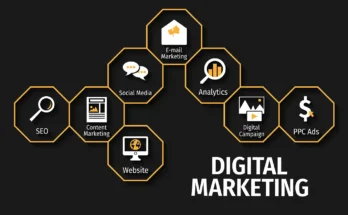If you want to play to the algorithms and capture audiences via social media, video content is a key component of any successful marketing plan. Before you can start filming, however, there are a few items of preparation to consider first. For example, a storyboard can help you to create a visual template that ensures the vision of your project is completed with maximum precision. Here are some tips and resources from Big Business Networks to help you get started.
The Function of a Storyboard
Storyboards are a sequence of images (typically drawn by pen or pencil) that draft out how the video is expected to appear and can be used as a guide for the crew and director to use during production. Storyboards typically appear similar to comic strips in the form of separate slides, giving an idea of angles, and should not be overly elaborate in their design.
Why We Use Storyboards
Storyboards are essentially used to translate the ideas of the creative team into a visual format for those involved in production. Without a storyboard, the production team is likely to run astray from the original vision. They can also be crucial as a device to break up the events of the feature, helping when it comes to the editing process and determining the running time. Using storyboards, the production team will also be less likely to run off on tangents.
Preparing to Storyboard
Whoever is going to be drawing up the storyboard, it’s important to first write down the key business objectives, messages, and purpose of the video. Your expected outcomes are likely to affect the image content, style of imagery, camera angles, lighting techniques, and more. You may also want to consider where you want this video to appear. Depending on the promotional channels, your production team may use different aspect ratios, camera equipment, etc.
Crafting Your Storyboard
The aim of a storyboard is to provide a rough outline of events in the video. This means that you need a visual eye and the imagination to envisage exactly how you want the final product to appear. What you do not need is a mastery of illustration. To help, take some time to learn about different camera angles and their purposes, you may also want to brush up on your knowledge of lighting. Remember, always refer back to the objectives of the piece and try to think about how the setup of your imagery might inform these.
Including a Script
You may decide you want to accompany your storyboard with a written script (or a treatment). In this document, you can include any of your production objectives, messages, minimum/maximum running times, and more. If you want to take further control of the creative process, you may also use a screenplay format to dictate exactly what happens from scene to scene, including dialogue and cuts.
Additional Tips
Thanks to the availability (and affordability) of digital tools, it’s easier and cheaper than ever to produce a convincing marketing video. You could, for example, utilize royalty-free stock footage to replace some of your own. Simply sign up for a subscription for a stock video footage site and start looking for video footage to suit your needs.
For any business looking to compete in the digital space or on TV, strong production practices are key. Storyboarding will ensure that your video is cohesive, goal-orientated, and true to your vision – be sure to give this part of the process your full attention and dedication.
Big Business Networks is your best resource for news and information on business, health, technology, sports, and more! If you have any questions, please email bigbusinessnetworks@gmail.com




